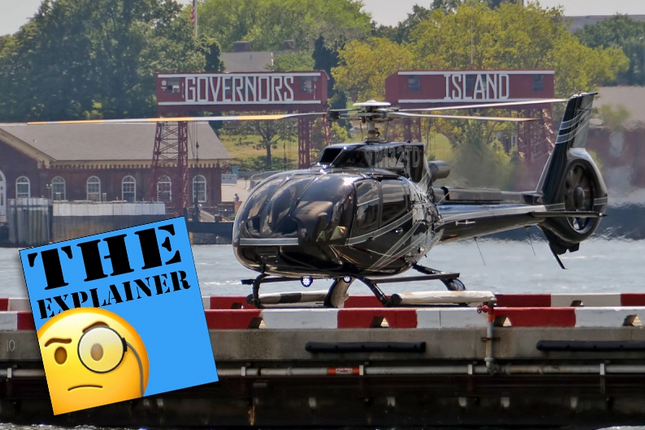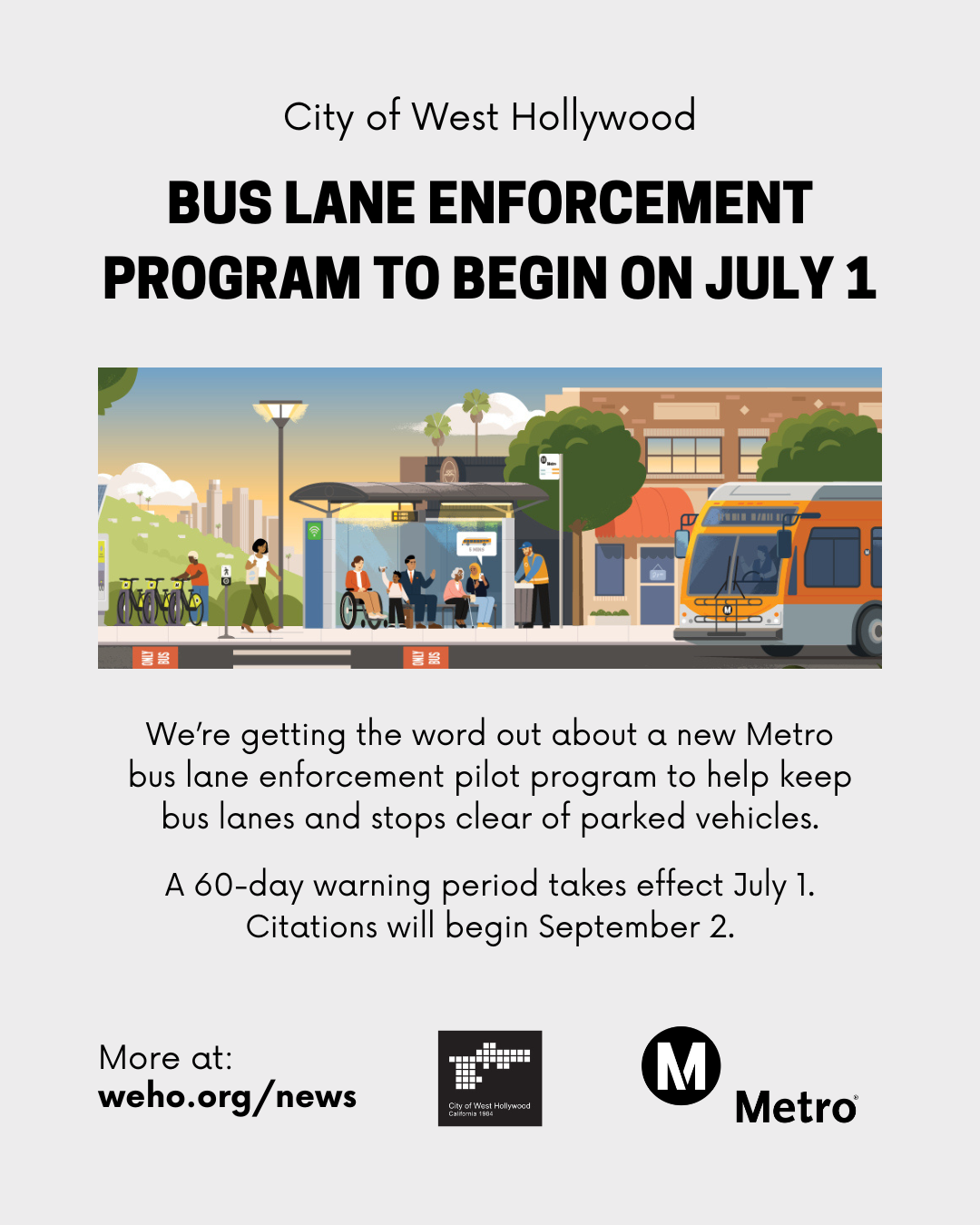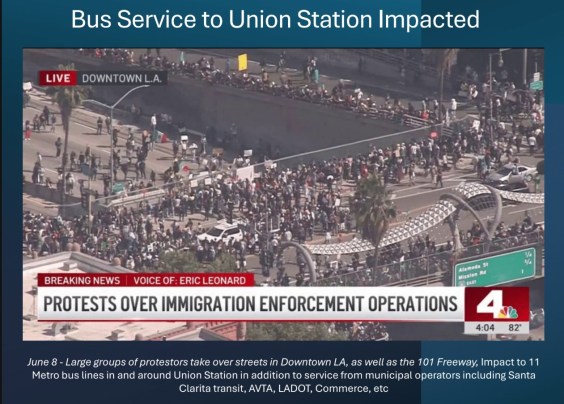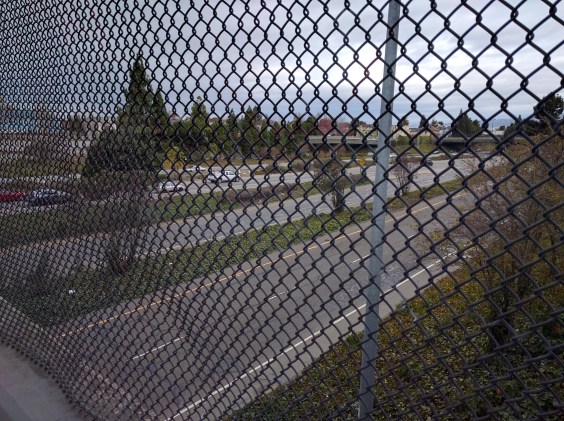Helicopters are like the weather: Everyone complains about them, but no one fixes the problem.
Noise complaints from the buzzing choppers over New York City have soared over the last years, but lawmakers at all three levels of government on both sides of the Hudson River have so far failed to rein in the loud and polluting aircraft.
Yes, there have been efforts at the city, state, and federal level, including legislation to curb the aircraft that have descended in ever greater numbers on New York City for non-essential trips such as tourism paparazzi or air taxi rides for rich people to airports and the Hamptons. But wins? It’s hard to see any.
All three branches of government have failed us, as the following Streetblog deep dive shows.
Who’s in charge here?

The federal government is the main regulator of the helicopter industry via the Federal Aviation Administration, but there are different rules that apply to choppers taking off from New York compared to New Jersey.
The city’s three heliports are all in Manhattan below 34th Street, and those facilities cap flights at a combined total of about 74,000 a year, or more than 200 every day.
New York officials moved all tour flights to the Downtown Manhattan Heliport at Pier 6 in 2010, and in 2016 then-Mayor Bill de Blasio struck a deal with the facility’s operating concessionnaire Saker Aviation Services to cut sightseeing trips in half, limiting them to flying over water, and banning the tourist trips completely on Sundays.
That heliport, plus a less busy pad at E. 34th Street are city-owned and managed by quasi-public Economic Development Corporation.
A third facility juts out from the Hudson River Greenway at W. 30th Street, dubbed the VIP Heliport, and is owned by the Hudson River Park Trust, a city-state public benefit corporation controlled by the governor, the mayor, and the Manhattan borough president.
Emergency services, police, government, and military aircraft also use the three heliports, along with more recent arrivals of commuter services like Blade.
Meanwhile, aircraft taking off from locations in the Garden State, like the heliports in Kearney and Linden, don’t have to abide by the 2016 de Blasio deal.
So despite the 2016 deal that hoped to rein in the city-based trips, noise complaints for helicopters have soared nearly 25-fold, and local politicians have slammed those first efforts as a failure.
The biggest chunk of airborne traffic out of the city comes from tour flights at the Downtown Manhattan Heliport, the busiest of the three facilities with 23,500 flights over a year through October. A whopping 95 percent of the Downtown helipad traffic is for sightseeing, according to EDC.
The city is now bidding out a new contract for a company to run that outpost after the current agreement with Saker expires in April, and lawmakers and activists are pushing the Mayor Adams administration to seize that chance to further restrict non-essential trips beyond the 2016 deal.
More complaints, more bills
Helicopter noise complaints have surged from an average 84 per month in 2016 to 2,073 a month this year, according to an analysis of 311 data.

The city’s 311 portals also make it needlessly complicated to report noisy choppers. The app doesn’t list helicopters as a category of complaints under noise, and the web version of 311 asks users to figure out whether they should be complaining to EDC or the FAA — wanting people standing 5,000 feet below a nuisance to know where the helicopter departed from.
EDC officials told the Council during a recent oversight hearing that out of 1,917 helicopter noise complaints to 311 in October, they only substantiated one tour going over land, and the Downtown operator Saker issued the flight company of that trip a warning that they would get fined for the next violation.
Noise pollution can have serious health effects beyond just being an annoyance, and can cause hearing loss and exacerbate stress and contribute to heart disease, according to experts.
Council Member Lincoln Restler’s waterfront district in Brooklyn Heights accounts for many of the 311 calls, and he slammed the city’s efforts to reduce the racket to date as an “utter and total failure.”
“New Yorkers shouldn’t be forced to suffer from severe noise and air pollution so that the privileged few can get to the Hamptons or JFK faster, or so that a few tourists can see Brooklyn Bridge Park from above — I can promise it’s perfectly beautiful from the ground,” Restler told EDC officials during the Nov. 29 hearing.
Our office introduced a bill to ban non-essential helicopter flights. This isn't just a quality of life issue – it's about climate justice. 1 helicopter idling is the equivalent of 40 cars!
I pushed EDC for the elimination of these flights that are disrupting our communities. pic.twitter.com/MOzipYD2Kg
— Lincoln Restler (@LincolnRestler) December 2, 2022
The choppers are also serious polluters. Certain models can emit around 43 times as much carbon dioxide per hour as the average car.
“It’s completely unnecessary in this time of looming climate catastrophe,” Melissa Elstein, chair of the activist organization Stop the Chop NY/NJ, told Streetsblog of the sightseeing trips.
The Upper West Sider and other residents living near helicopter hotspots revived the group that had fought for the 2016 limits about three years ago, and have been pushing to ban nonessential helicopter trips over Gotham.
Thanksgiving Day in NYC destroyed by the feckless, greedy tourist helicopter industry, including @LibertyHelicop, @ZipAviation, @HeliNY_, @NewYorkHelicopt @ViatorTravel, and the worst offender @flynyon, which turned my neighborhood into a FOB all day long. @StoptheChopNYNJ pic.twitter.com/PnKFeA4kVj
— Adrian Benepe (@Adrian_Benepe) November 27, 2022
New York’s delegation to the House of Representatives has pushed for two bills on helicopters, including a 2019 act banning non-essential flights over New York City, and another one from May of this year that would convene a bi-state commission to come up a plan to ban those trips. Neither bill has advanced beyond introduction.
(The prime sponsor, Rep. Carolyn Maloney, was unavailable for an interview, a spokeswoman said. Rep. Jerry Nadler, who also signed onto the bills and defeated Maloney in a head-to-head, redistricting-fueled race this fall, did not respond to requests for comment.)
A proposed state law would allow residents and the state attorney general to sue for excessive noise, and tighten regulations around the W. 30th Street heliport. It passed both houses in Albany this year, but Gov. Hochul has not signed it, pending more review, her spokesman Avi Small said.
The bill’s sponsor, state Sen. Brad Hoylman, whose west side constituents frequently complain of helicopter noise, was frustrated.
“We’re not a bunch of zoo animals in New York City to be viewed by tourists flying overhead,” he said, calling helicopter flights “unnecessary and harmful.”
Hoylman blamed the feds.
“[It’s] federal pre-emption that has created roadblocks around the ability for legislators to make headway and our approach provides a workaround to that constitutional hurdle,” the lawmaker said.
A bill Restler introduced in the Council in June would ban non-essential flights from using city heliports. It has 23 co-sponsors — not a majority in the 51-member body — but Restler told Streetsblog he’s pushing to have a hearing on that proposal soon.
“I’m hopeful that the oversight hearing will prove to be a boon in terms of momentum and traction to act in regulating this industry,” he said.
Similarly across the Hudson, Jersey state lawmakers introduced a pair of bills in March of 2021 to cut the number of helicopter trips by 47 percent and ban tourist flights.
Both proposed laws have languished, even though local governments directly affected by the air traffic in Hoboken and its surrounding Hudson County have passed resolutions pushing for those state bills.
Need for action
The increased air traffic has disrupted Shakespeare in the Park performances, the Post reported last year, and thrown children off their bikes along the Hudson River Greenway, a member of Hudson River Park’s Advisory Council said earlier this year.
Several council members and activists laid into EDC leaders at the hearing late last month for failing to protect residents from the din.
“If you live near the water, it sucks. You can’t sit on your balcony, you can’t hear,” said Manhattan Council Member Gale Brewer, a longtime critic of helicopters. “If you want to be an administration that is responsive to New Yorkers, you would end those non-essential helicopter flights. People are beside themselves.”
"With the serene beaches of the Hamptons 3,500 feet below his box-fresh white sneakers, @Wiesenthal, the CEO of @flybladenow, a by-the-seat helicopter charter company, boasted how the service could slice above the slog of the Long Island Expressway." https://t.co/SbF7ZNB8j7
— Julia Vitullo-Martin (@JuliaManhattan) May 13, 2022
One Carroll Gardens resident testified that he counts upwards of 30 low-flying copters a day.
“They’re deafeningly loud, walkers in the street in the area are forced to stop talking to one another when a helicopter passes overhead,” said Kenneth Lay. “I find it unconscionable that the city permits the use of its heliports for unnecessary tourism and commuter flights.”
A helicopter industry representative said that keeping the facilities open was a benefit for the city economy and for those willing to pay for a premium commute that soars over the city’s notorious traffic.
“Maintaining all heliports will reinforce the enhanced attractiveness of Manhattan as a location for major corporate tenants and small businesses,” Katia Veraza of the Helicopter Association International said during the hearing. “Helicopters are essential for those time-sensitive industries that seek to avoid the uncertain patterns of congestion caused by surface transportation.”
Air traffic control
EDC earns about $1.2-2 million a year from each of its two heliports, and the Hudson River Park Trust makes about $1.7 from its facility at W. 30th, money that helps fund the waterfront green space.
The Downtown facility’s traffic is capped at 30,000 a year, while the E. 34th Street one can service up to 28,000 flights annually and its travelers are about 30 percent private corporate trips, 30 percent shared rides with companies like Blade, 20 percent medivacs to local hospitals, 15 percent private aircraft, and five percent photography, according to EDC.
The W. 30th Street heliport has a yearly cap of 16,250 flights, and traffic there has been around 65-75 percent of that limit in recent years, according to a spokeswoman for the Trust. The outpost does not host tourism flights, but allows commuter flights like Blade, along with government, police, military, emergency services, and press choppers.
City officials claimed it was not all about the money, and they were hesitant to further restrict tourism flights when pressed by Council politicians, fearing that would push more air traffic to take off from the other side of the Hudson.
“It’s not just about the revenue, it’s also about being able to control flight paths particularly for the tours,” EDC Senior Vice President for Government and Community Relations Mikelle Adgate said during the hearing. “If we were to restrict the number of tour flights even further, would that market then move to New Jersey where we then don’t have any control.”
But Elstein, of Stop the Chop, said that the city is clearly not willing to use that control in any serious way, since officials have shown no intention of cutting more trips via the upcoming new contract at the Downtown Heliport like they did in 2016.
“They’re maintaining that same number that’s way too high,” she said. “It’s the status quo. This is a perfect opportunity, they could reduce the number of sightseeing tours in that agreement, and they haven’t.”






